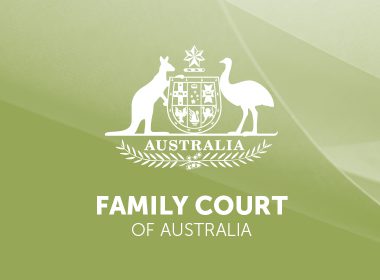Snapshot
- In the recent decision of Walpole [2020] FamCAFC 65, the Full Court of the Family Court allowed an appeal against orders requiring two children aged three and two to return to New Zealand.
- The case was brought under the Family Law (Child Abduction) Regulations 1986 which give effect in Australia to the Hague Convention on the Civil Aspects of International Child Abduction.
- The case is one of the first to provide guidance as to how the Family Court might handle cases in the time of COVID 19.
In the recent decision of Walpole, Secretary Department of Communities & Justice [2020] FamCAFC 65, the Full Court of the Family Court of Australia (Watts, Ryan and Aldridge JJ) allowed an appeal against orders made on 29 November 2019 requiring two children aged three and two years to return to New Zealand.
The case was brought under the Family Law (Child Abduction) Regulations 1986 which give effect in Australia to the Hague Convention on the Civil Aspects of International Child Abduction (the ‘Convention’). It may be one of the first decisions to provide guidance as to how the Family Court might handle cases in the time of COVID-19.
Background facts
The father, a New Zealand citizen, had a significant criminal history and had been deported from Australia. The mother, while pregnant with the couple’s second child, followed the father to New Zealand with the older child. The younger child was born in New Zealand.
The mother sought the assistance of the court in New Zealand to recover the elder child from the father who had retained him following the parents’ separation. Having recovered the child and with the assistance of the New Zealand police, the mother immediately left New Zealand with the children and returned to live with her family in Australia.
Judgment
The Judge at first instance made an order requiring the mother to return the children to New Zealand.
The appeal was decided on the basis of a finding that there was a ‘grave risk that the return of the child[ren] under the Convention would expose the child[ren] to physical or psychological harm or otherwise place the child[ren] in an intolerable situation (reg 16(3)(b))’.
The case looked at this defence and made it clear that each of the three elements of the defence should be addressed separately.
At first instance, the mother had argued that the children would be at grave risk of physical and psychological harm and, while she had relied in her answer on the third element (grave risk of being placed in an intolerable situation), her oral submissions at trial had not specifically addressed this third limb of the defence.
The mother’s omission gave rise to the question of whether she should be allowed to raise a defence which had not been specifically argued at first instance given the principle that ‘a party is bound by the conduct of the case below’ (at [10]). The case of Metwally v University of Wollongong [1985] HCA 28; (1985) 60 ALR 68 at 71, was relied upon to ground an argument of exceptional circumstances in this case.




